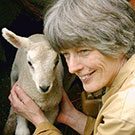The days when farming becomes a race against time - and the bliss of that moment when you win
Farming isn't always a battle against the elements and the pests – it can also be a race against time as Rosamund Young explains in her latest dispatch from the countryside.
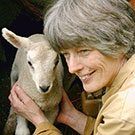
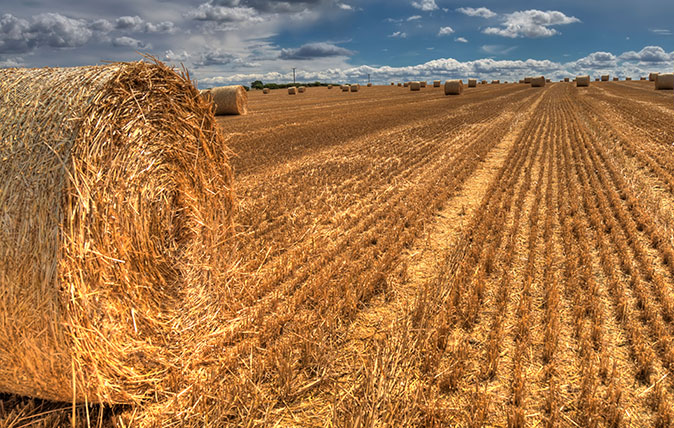
The Cambridge roll we usually hire was being used by another farmer so having topped the stubble, ploughed and power harrowed the field both ways we had an agonising wait.
Seven o’clock in the evening and the roll was waiting to be collected.
Safely home, but with the sky now too dark to begin the job, I Google sunrise: nautical twilight 5.05am, astronomical twilight 4.18am and twilight begins at 5.48am. I make plans to be up with the lark - the race is on.
My clever mobile, light years ahead of my ability to make the most of it, assures me there is an 80% chance of rain by 10am.The rolling is going smoothly and the seedbed is fine and firm but the contractor who sows the seeds cannot get to us until 9am.
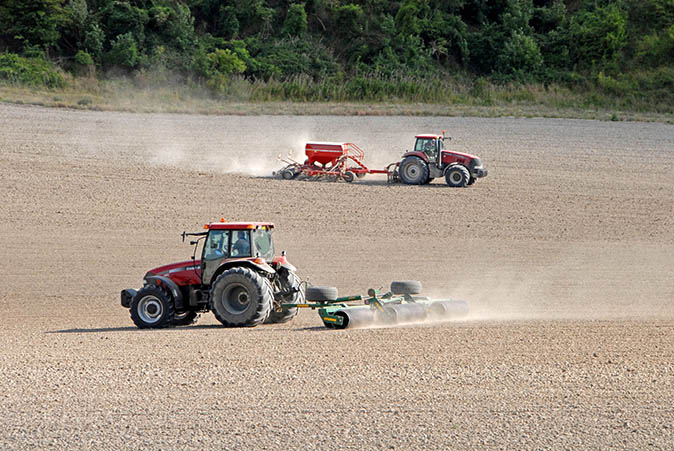
The contractor arrives and calibrates his drill and he’s off, sweeping across the neat brown earth. The fine feathery fingers of his machine delicately stir the precious organic seeds into the top half inch of soil; clover cannot be buried too deeply or it will never come up for air.
The success of the drilling depends on so many factors: the cultivations, seed quality, the skill of the operator, and the ability of the drill to deliver the required seeding rate per acre. The contractor moves quickly, maintaining a constant speed as he geometrically divides the field, ensuring he doesn’t over or underlap too much and keenly aware that the rain is closing in.
10am and drizzle.
Exquisite houses, the beauty of Nature, and how to get the most from your life, straight to your inbox.
He carries on. The drizzle follows him.
All sown and watered in. Bliss. A Mr Micawber situation: a few minutes delay in operations would have equalled unhappiness for sure.
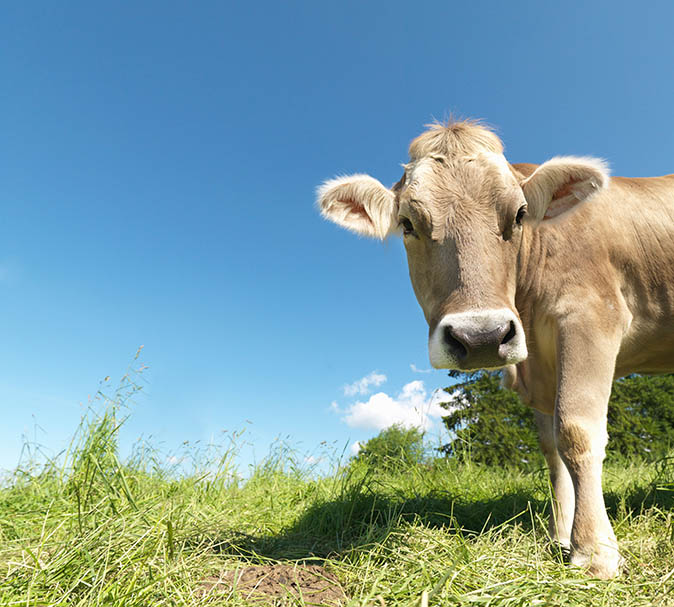
Seasonal farming activities, in memory at least, were not so fraught. Only the day before we had to decide whether to bale damp wheat straw, cart it and leave the field free for ploughing. The perfect harvesting weather that had accompanied the combine did not last to dry the straw.
And all this delicious worry for the sake of the cows and sheep: to supply clean grazing - new grass sown after wheat - to keep them healthy.
Yesterday, White Dot turned up unexpectedly by the cattle grid near the farm house. She paced back and forth looking agitated. Her head was held low and I raced to open the gate to bring her into the yard. She marched past me (she usually likes to be stroked) and eagerly entered the yard then the cattle crush.
There was no question that she was in need of help and was asking in her own clear, unmistakable language. I had been waiting for her to calve in the near future, but now she had mastitis in her right hind quarter.
How clever. How moving. What if I hadn't been there to see? She’s getting better and now has a traffic-stopping white heifer calf.
- - -
The Secret Life of Cows by Rosamund Young is published by Faber & Faber (£9.99)
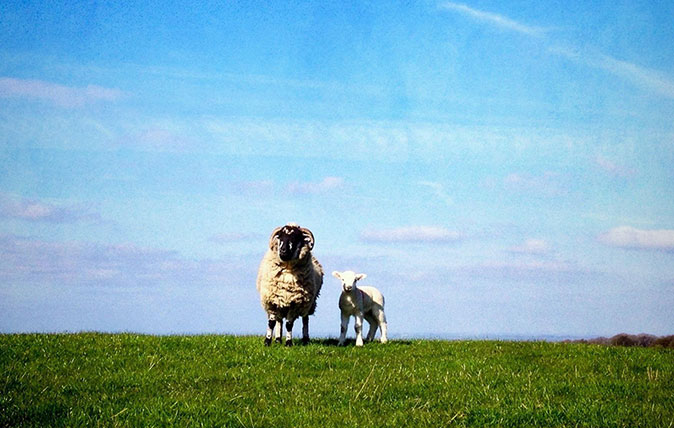
Credit: Sheep in a field - ewe and lamb
Rosamund Young: The mysterious motherhood of sheep and cows
Rosamund Young, author of The Secret Life of Cows, talks about how poetry runs through the land – and how the

Credit: Alamy Stock Photo
Rosamund Young: Dreaming of a cottage with a field? Then find your field and do it
Rosamund Young, author of the Secret Life of Cows, will be writing a series of columns for Country Life in
